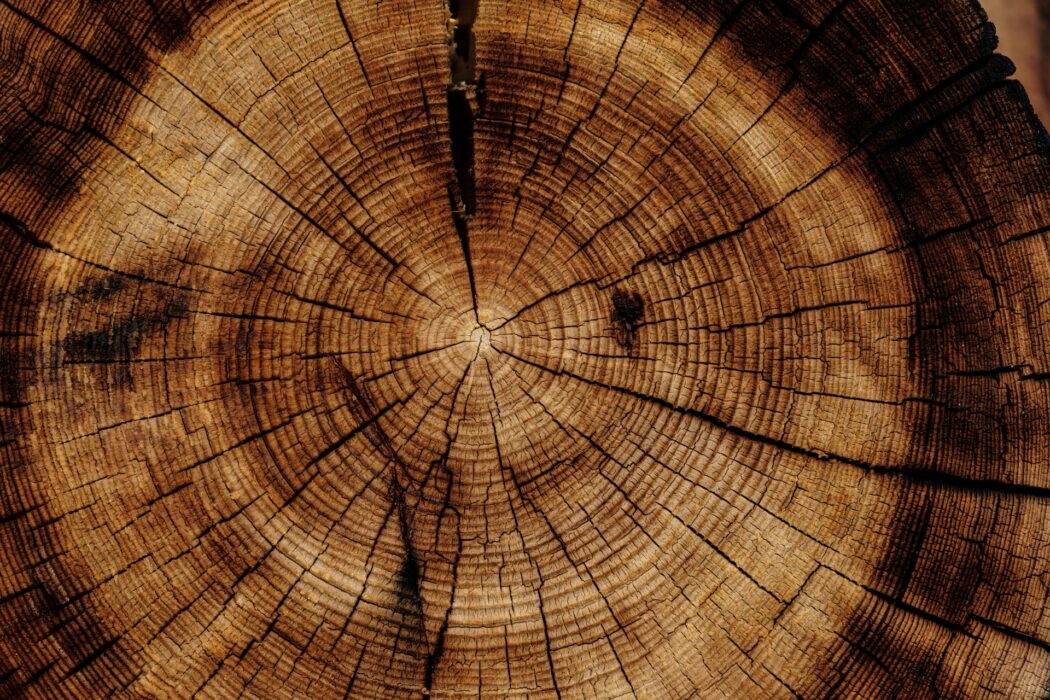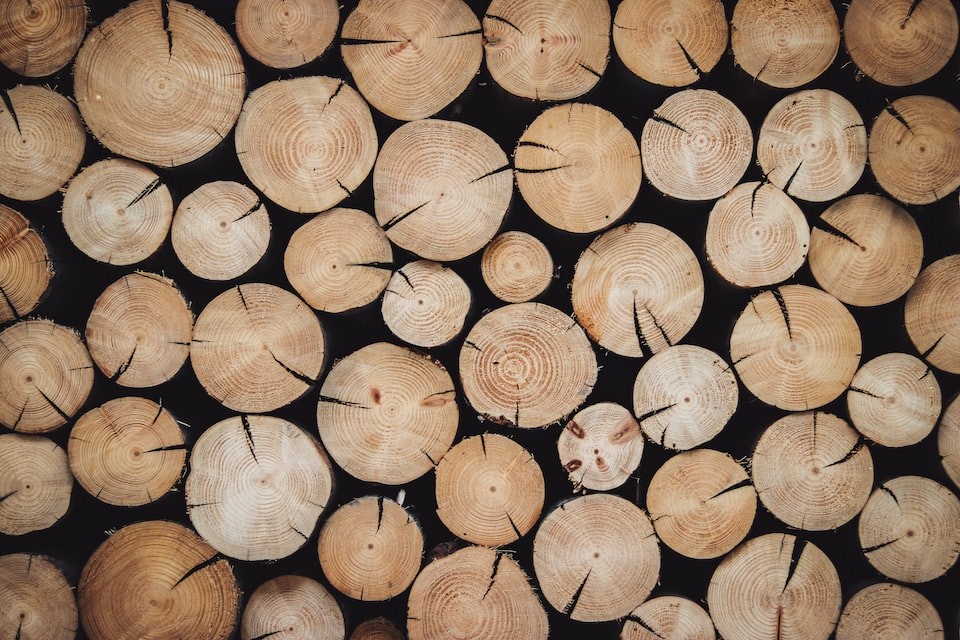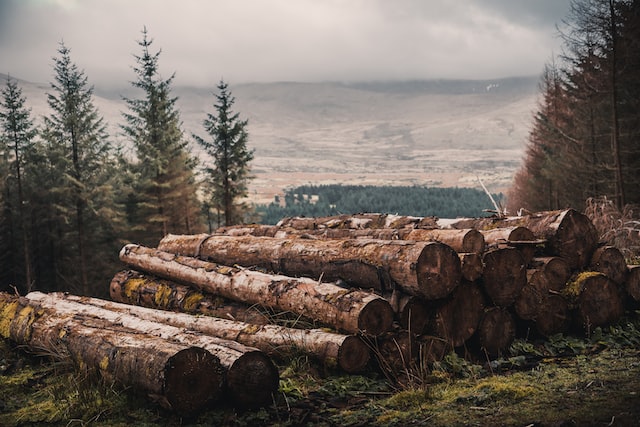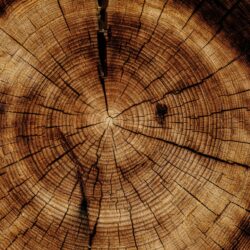
Dendrochronology is the science devoted to the study of the annual rings of wood for the purpose of subsequent dating of archaeological finds and antiquities.

It turns out that trees, like human bodies, can carry signs of past trauma or stress. Dendrochronology studies tree rings to find out what events have happened to a tree during its existence. Such events could include, for example, a lightning strike or a forest fire.
Scientific basis of the method
Trees growing in climates with a seasonal climate grow differently in summer and winter: the main growth takes place in summer, while in winter the growth is greatly retarded. The difference in conditions means that wood that grows in winter and summer has different characteristics, including density and color. Visually, this manifests itself in the fact that the tree trunk on the cross-section has a clearly visible structure in the form of a set of concentric rings. Each ring corresponds to one year of the tree’s life (“winter” layer is thinner and visually just separates one “summer” ring from another). It is a well-known way of determining the age of a cut tree by counting the number of annual rings on the saw.

Depending on many factors that acted during the summer period (length of season, temperature regime, amount of precipitation, etc.) the thickness of annual rings is different in different years of a tree’s life, while the thickness of annual rings growing in the same year for trees of the same species growing in the same area is approximately the same. Differences in the thickness of rings in different years are quite significant. If graphs of annual rings thickness variation by years are plotted for trees growing in the same area at the same time, these graphs will be quite close, while they will not coincide for trees growing at different times (due to randomness of climatic factors, exact coincidence of rings thickness sequence over sufficiently long periods is highly unlikely).
Comparison of the sequence of annual rings preserved in a wooden object and samples, the dating of which is known, allows choosing a sample with a matching set of annual rings and thus determine the period in which the wood from which the object was cut down. Such a comparison is actually dendrochronological dating.
Dendrochronological scales
Based on the study of wood samples, the dating of which is known, the so-called dendrochronological scale is constructed – a sequence of thicknesses of annual rings of trees of a particular species in a particular area, from the current moment and as far back in time as possible. For near-contemporary periods, measurements of annual rings of living trees that are old enough are used (there are methods of making such measurements that do not require cutting down the tree).
In order to extend the dating scale by a time interval beyond the limits of one tree’s life, “cross-dating” is used. Its essence is to link together successive generations of trees, the life years of which overlap. Specialists in dendrochronology believe that even on the basis of the roughest method (when rings are divided into two classes – “wide” and “narrow”) 10-year coincidence of alternation of rings allows to identify the scale with probability of error not exceeding 0.1% (as 1/210= 0.099%). When taking into account the width of each ring and applying methods of mathematical statistics, the probability of error is significantly reduced. In recent years, X-ray analysis of annual rings is used, which allows taking into account not only the width of the rings, but also other parameters (e.g., the density of wood in the ring). Thus, the dendrochronological scale extends back in time as far as the available material allows to continue the continuous sequence.
After constructing the scale for a certain tree species in a local area, the correlations of this species with other species are analyzed, as well as changes in the ring species in neighboring areas. This allows the absolute scale to be gradually extended to a wider geographic area.

Absolute and relative dating scales can be constructed using the dendrochronological method. If the exact (absolute) life time of one of the generations of trees involved in the dating is known, the resulting scale will be absolute. For example, it may be living trees whose age is known by the number of rings. With the help of the absolute dating scale it is possible to determine the age of wooden objects with almost 100% reliability (in the case of exact coincidence of the order of a sufficient number of rings). In some cases it is possible to construct fragments of the dendrochronological scale based on fragments of wood dated in a different way (for example, timbers from the wall of the structure whose date of construction is known from historical documents). In such cases the resulting scale will no longer be absolute, but relative. The reliability of dating with the help of relative scales, obviously, depends on the reliability of dating of “reference” samples.
The growth of trees can be influenced by local features of the place of growth (relief, watering). Because of this, the thickness of annual rings of a particular tree specimen may not correspond to the scale constructed for this region. But if there is a coincidence, the probability of error is extremely small.
Dendrochronological series are multicentennial series of observations characterizing the radial growth of woody vegetation (trees) and its connection with climatic conditions.
Last modified: 2022-11-25










